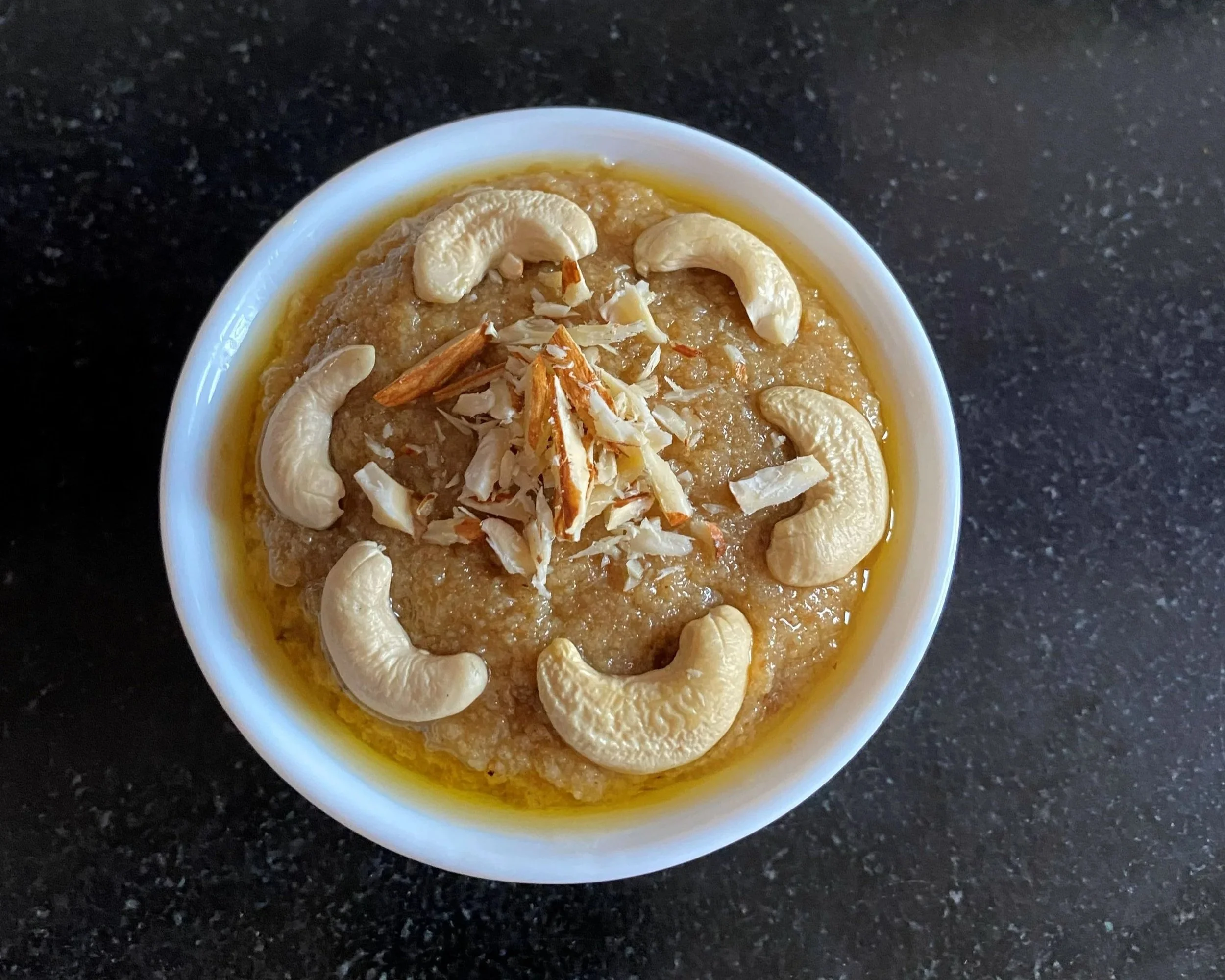Got Milk?

In What Would Nigella Do we explore the basics of cooking, food trends, and food systems of the world. The title is a hat-tip to our favourite home cook who approaches life with resourcefulness, practicality, and most importantly, a sense of humour. Although it is a series that may appear to be directed at beginners alone, it is also for that cook who makes the perfect pavlova, but can never seem to poach an egg. In the time of MasterChef and molecular gastronomy, we are sometimes a little sheepish to ask basic questions like how do you make a pot of rice, or even, where does the rice on my plate come from? When faced with such a dilemma, we ask ourselves, What Would Nigella Do?
Today we learnt that India's #1 farm crop by value is milk, surpassing rice, wheat, and other food-grains. To put that in perspective, it means that one out of every five rupees in the farm sector (which includes crops, livestock produce and fisheries) comes from milk. This, in an industry that has historically considered milk a subsidiary to agriculture.
HOW DID WE GET HERE?
In 1970, the National Dairy Development Board launched the world's biggest dairy development project in a country that was a net importer of milk products. Today, India is the world's largest producer and exporter of milk. The White Revolution was designed to organise dairy development though cooperatives, or democratic institutions managed by rural producers of milk. It was a huge success – it made dairy farming a successful employment generator in rural India, and allowed farmers to take control of their resources, to direct their own development. By creating a national grid of milk producers' cooperatives that now linked producers to consumers across the country, the White Revolution removed seasonal and regional price fluctuations of milk and dairy produce, effectively cutting out the middleman, and giving producers access to technology, modern management and infrastructure. Newly extended veterinary services meant that livestock health and nutrition improved, enhancing the country's milk production. Over a 25-year period, a grid of 73,000 village co-operatives connected several million milk producers with consumers, linking milk sheds to urban markets. The movement benefitted consumers, and built self-reliance among producers.
The co-op dairy that engineered this program was Amul, India’s first-ever community-owned enterprise. Operation Flood, as the program was known, was launched by NDDB, under the direction of Dr. Verghese Kurien.
Critiques of the White Revolution point out that the use of imported breeds has led to the neglect of indigenous breeds of cattle, and that milk production per animal is higher in areas where balanced mixed farming is practiced.
YOU MAY ALSO LIKE








